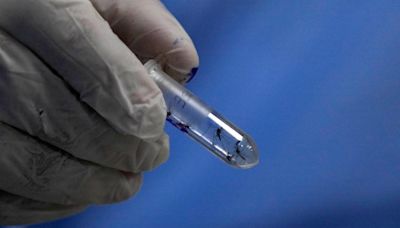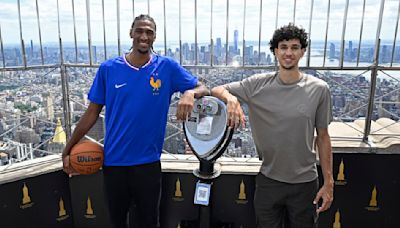Search results
Human eye, specialized sense organ in humans that is capable of receiving visual images, which are relayed to the brain. The anatomy of the eye includes auxiliary structures, such as the bony eye socket and extraocular muscles, as well as the structures of the eye itself, such as the lens and the retina.
Apr 29, 2023 · The eye sits in a protective bony socket called the orbit. Six extraocular muscles in the orbit are attached to the eye. These muscles move the eye up and down, side to side, and rotate the eye. The extraocular muscles are attached to the white part of the eye called the sclera. This is a strong layer of tissue that covers nearly the entire ...
Feb 20, 2024 · The following are parts of the human eyes and their functions: 1. Conjunctiva. The conjunctiva is the membrane covering the sclera (white portion of your eye). The conjunctiva also covers the interior of your eyelids. Conjunctivitis, often known as pink eye, occurs when this thin membrane becomes inflamed or swollen.
- Anterior chamber. The front section of the eye's interior where aqueous humor flows in and out, providing nourishment to the eye.
- Aqueous humor. The clear watery fluid in the front of the eyeball.
- Blood vessels. Tubes (arteries and veins) that carry blood to and from the eye.
- Caruncle. A small, red portion of the corner of the eye that contains modified sebaceous and sweat glands.
Nov 15, 2023 · Eye function and sight. Symptoms from eye-related conditions can also affect your sight itself. The eyes are often a sense you rely on heavily, so sight- or vision-related symptoms are often easier to notice. Some of them involve changes or disruptions in how or what you see. Examples include — but aren’t limited to — the following:
The human eye is an organ of the sensory nervous system that reacts to visible light and allows the use of visual information for various purposes including seeing things, keeping balance, and maintaining circadian rhythm . Arizona Eye Model. "A" is accommodation in diopters. The eye can be considered as a living optical device.
People also ask
What are the functions of the eye?
What is a human eye?
What is a tour of the eye?
Why is eye health important?
What does eyeball mean?
113, 6734. Anatomical terminology. [ edit on Wikidata] An eye is a sensory organ that allows an organism to perceive visual information. It detects light and converts it into electro-chemical impulses in neurons (neurones). It is part of an organism's visual system . In higher organisms, the eye is a complex optical system that collects light ...




